The relationship between matter and energy has long been recognized by physicists who have developed a plethora of formulae to produce predictable results for interactions of baryons with each other and with what we describe as local space. In fact we have gotten quite good at predicting what happens to matter, and when it will happen, across a wide range of varying conditions. And yet even with all of these successes, we are faced with the fact that all of the current models and theories have failed to adequately explain the complete nature and behavior of matter across scales spanning subatomic to intergalactic.
Why do current models fail to reproduce observed conditions? The answer is simple. They all use forcing functions that don’t exist and ignore almost completely, the only force that does. First and foremost, there is no such thing as gravity, a strong nuclear force, a weak nuclear force etc…etc…etc…
In truth, everything in the entire observable universe is composed of only one substance which is ruled by a single force. That substance is plasma and the force is electricity.
Starting at the subatomic level, we must first describe the medium in which matter exists.
What is space? Properly defined, space is a layer of plasma suspended between two concentric spherical layers of different potential. What we commonly refer to as “our universe” is basically a huge capacitor with an inner sphere having a potential being represented by (–Q), and an outer sphere with its potential represented as (+Q), and a dielectric layer in between composed of a finite number of individual plasma cells with a permittivity of ε0 = 8.854 187 817… × 10−12 F·m−1, and a total system capacitance represented by the formula:
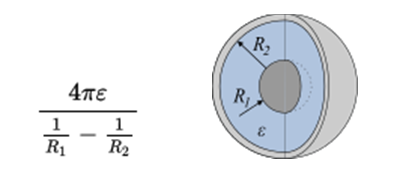
With this understanding we can now create a closed model, apply external stimuli, observe the results, and compare them to empirical observations and measurements to see if it properly predicts physical manifestations and behaviors across all scales.
To begin our model we will assume a static state with all of the force vectors in balance i.e. the external pressure +Q is equally distributed among the cells of the dielectric and there is no energy transfer between the cells the anode or the cathode. In the pristine environment the individual cells that form the dielectric medium all share the same charge and polarity. As a result they will assume a tetrahedral structure where all of the force vectors between cells are balanced according to Coulombs law.
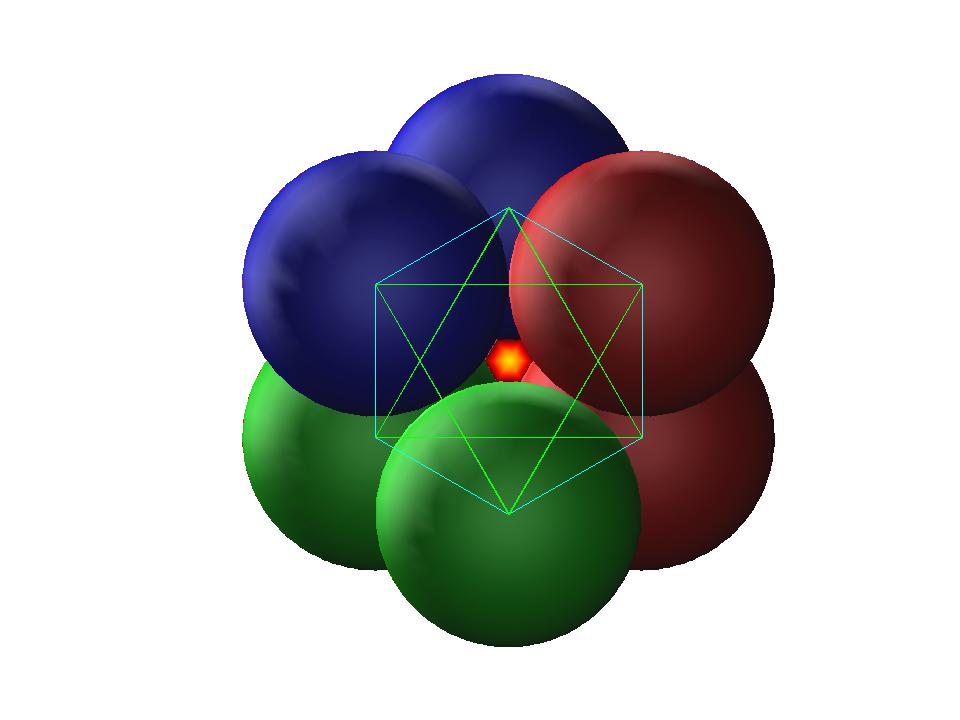

Given the basic architecture we can now create a matrix of charge points and designate each point in our matrix as q (X1-n, Y1-n, Z1-n) and use the Integral of the vectors to evaluate what occurs along each of the axis, as a change in potential between two points exceeds the dielectric breakdown value and current flows through the circuit.


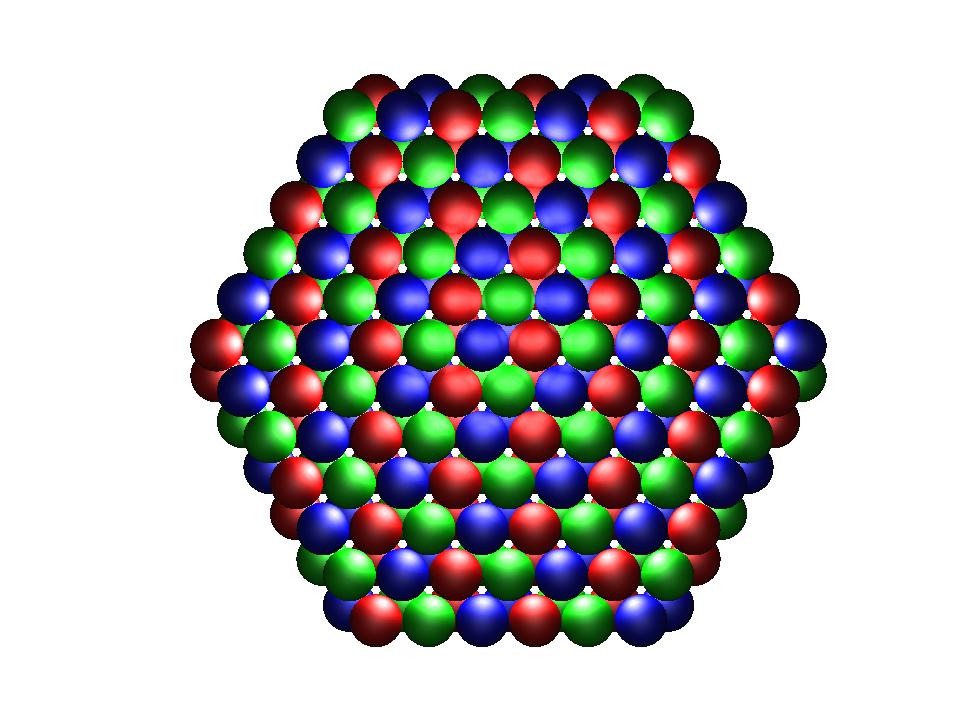
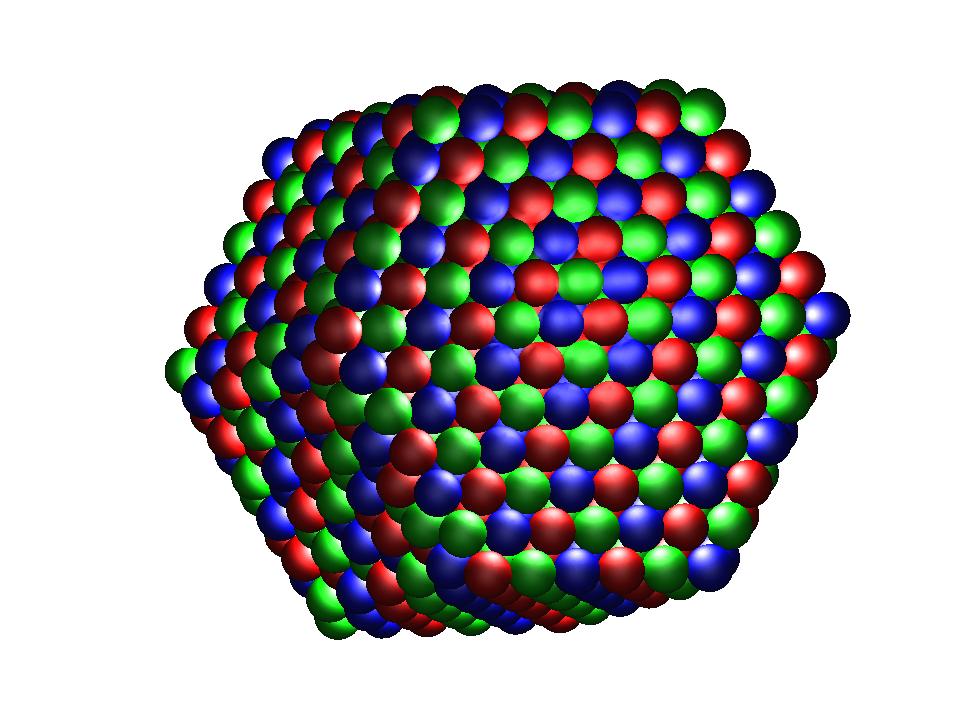
As soon as the dielectric breakdown voltage between the inner and outer shells is exceeded, the cell at the neutral point in the circuit path changes polarity, and all of the adjacent cells begin to flow in towards the center of the now oppositely charged cell following the path of least resistance through the tetrahedral matrix which induces a pinch effect at 90 degrees to the applied force, deforming the matrix. As the charges rebalance to account for the change in potentials, the plasma cells will coil up like a spring as the electric field of each cell reshapes itself and adjusts the area of the sides of the tetrahedrons seeking equilibrium to rebalance the forces applied to each facet within the matrix, until the total net charge is balanced throughout its volume. At this point the cell at the center and its adjacent cells will become the nucleus of an interconnected tetrahedral structure that we would call a charged particle or electron.
The process is also completely reversible at this point and if the external stimuli is reversed at the same rate that it was introduced the matrix will resume its previous homogeneous structure and total net charge, leaving no detectable effects behind. This leads to the conclusion that what we call the “electron cloud” isn’t spinning around the nucleus at all. It is simply the plasma exchanging energy along the vectors. And when we view the process from an angle of 90 degrees to the acting force (What we call an electromagnetic wave), the charged particles appear to wink in and out of existence in a predictable wave pattern.
If the energy input continues, the cells will continue to adjust their geometry by reducing their radial distance and coiling up to balance the forces acting on them until they reach a point where the volumetric charge of the plasmoid equals the total surface area charge surrounding it, i.e. the internal electrical pressure pushing out is exactly the same as the electrical pressure pushing in from the external environment. In our area of space that value is E=C2. As soon as the charge on the outer surface area equals the volumetric charge surrounding the positive cell at the center it will bind all of the energy that was put in, creating an independently stable environment that we identify as a proton. This process continues in a repetitive pattern forming new layers at all of the stable geometries according to a specific ratio, resulting in all of the stable elements. We represent this ratio as E=MC2
As more energy is applied, the changing electric field will also impart a radial force and the coiled structure will begin to rotate as the electrical flow induces motion to the structure. This motion will impart a changing EM field to the adjacent plasma resulting in a counter rotation creating a double layer to complete the circuit, which in turn affects each adjacent layer creating concentric rings around the center of the flow.
If the process continues the matter created will aggregate into larger and larger bodies with higher radial velocities. At some point the angular momentum of individual elements surrounding the original nucleus exceeds the electrical attraction to the core and they will begin to spiral outward from the center, migrating away from the original body based on their current charge and angular momentum. As the ejecta separates from the original core it becomes a new core connected to the flow and it too will begin to grow as it continues to migrate outward from the original body adding mass as the electrical energy flowing through the plasma is converted to matter locally. Again the amount of growth and behavior of the matter produced are controlled by the continuous flow of energy from outside the system under observation.
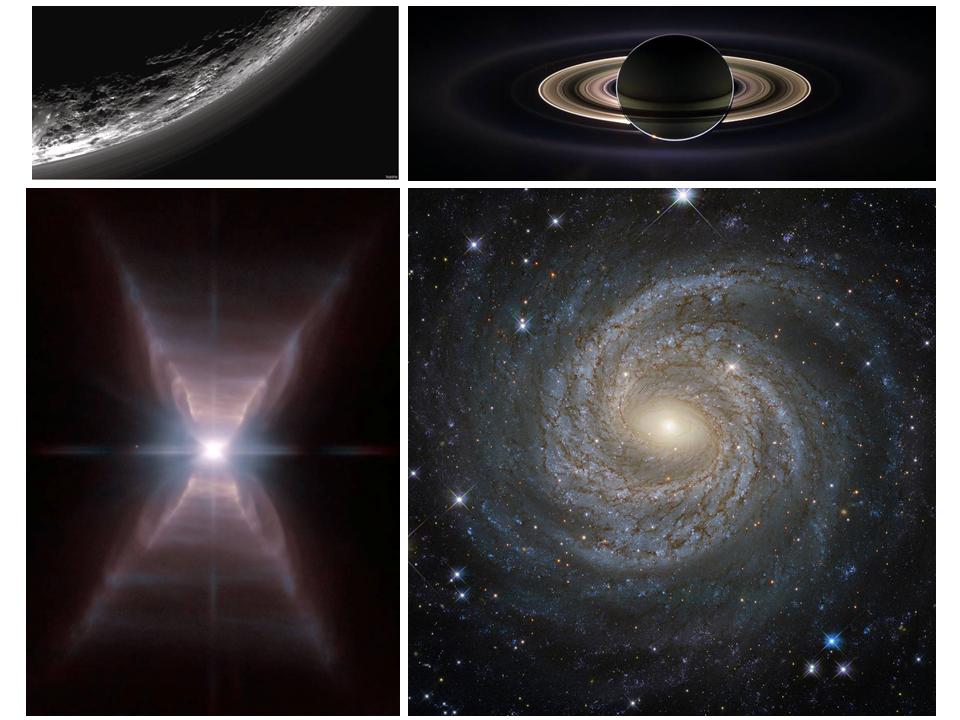
As we look up from the very small and gaze out to the very large we realize that everything in the universe is built from the same process and follows the same law of electrostatic interaction.

©2016 On-Point Power Systems Inc. All Rights Reserved
- Formula images reposted under CC from wikipedia.com